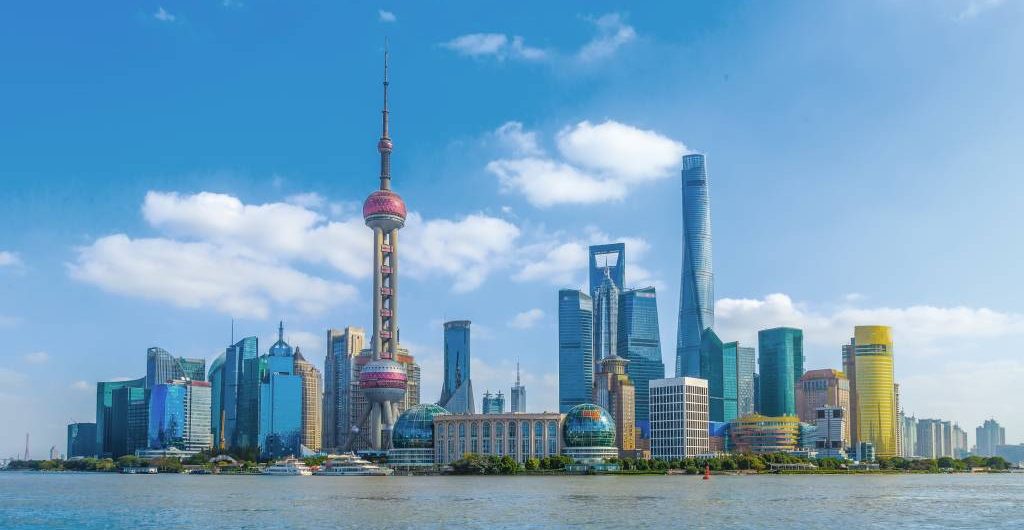
Shanghai, often referred to as the “Paris of the East” or the “Pearl of the Orient,” stands as a symbol of China’s remarkable transformation in recent decades. Nestled on the banks of the Yangtze River Delta, this sprawling metropolis has evolved from its humble beginnings as a fishing and textiles town into a global juggernaut. In this exploration of Shanghai, we will delve into its fascinating history, its role as a modern economic powerhouse, its iconic landmarks, vibrant culture, delectable cuisine, and the challenges it faces in its journey toward an even brighter future.
Historical Background
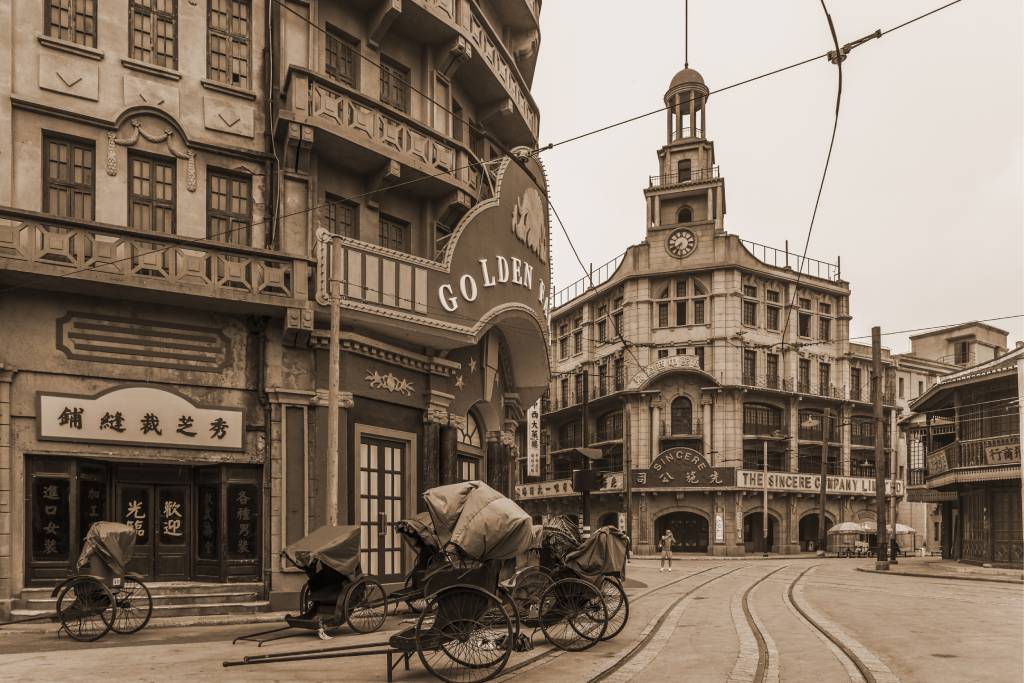
Shanghai’s roots extend deep into history. In ancient times, it was a small fishing and textile town, its name translating to “Above the Sea” in Chinese. However, its transformation was set in motion during the 19th century when it became a critical port for foreign trade, leading to the Opium Wars and the establishment of foreign concessions in the city. These events forever altered Shanghai’s trajectory, shaping it into the dynamic city it is today.
Modern Shanghai
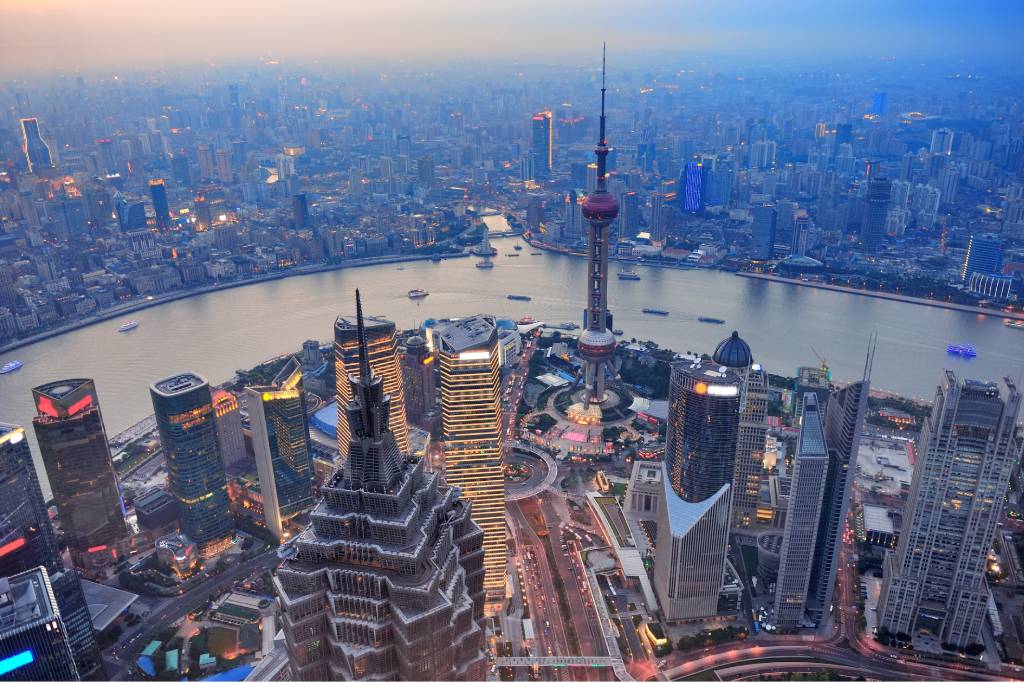
Fast forward to the present, and Shanghai is now at the forefront of China’s economic development. It is not only the country’s financial epicenter but also a global hub for trade and commerce. With a skyline punctuated by futuristic skyscrapers, Shanghai is a testament to modernity, innovation, and rapid urbanization.
Landmarks and Architecture
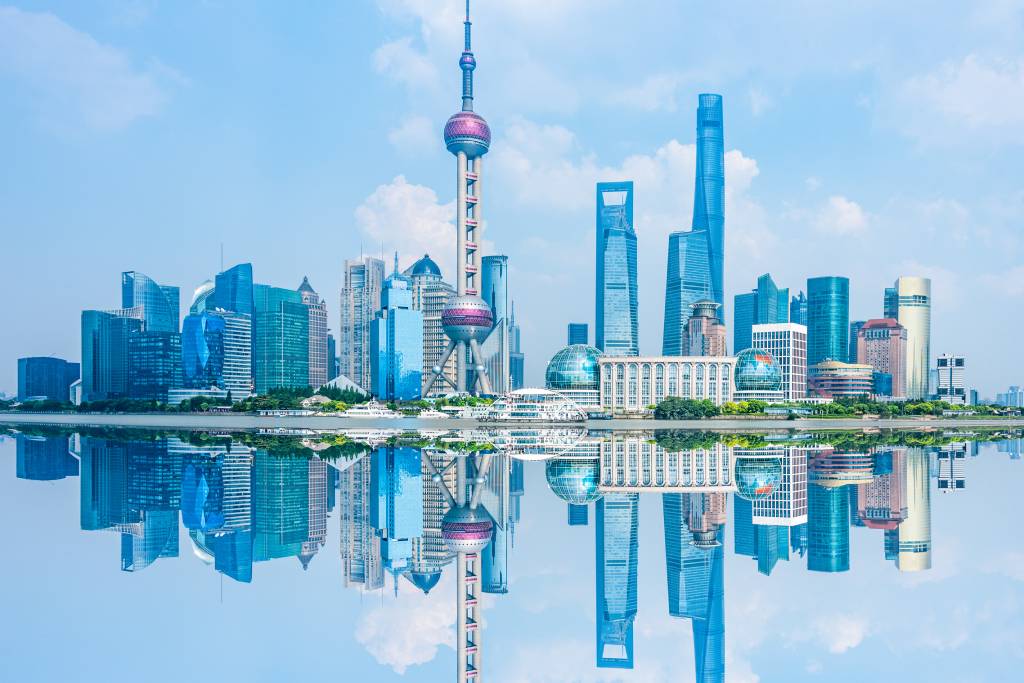
Shanghai’s skyline is an architectural marvel, a fusion of old-world charm and futuristic designs. The Oriental Pearl Tower, with its iconic spheres, dominates the skyline. The Bund, a historic waterfront area, showcases European-style buildings, while the Shanghai Tower soars into the heavens as the world’s second-tallest skyscraper. This juxtaposition of architectural styles is a visual testament to the city’s rich history and its unwavering embrace of the future.
Culture and Arts

Shanghai’s cultural vibrancy is equally captivating. The city hosts a thriving arts scene, including traditional Chinese theater, classical music performances, and contemporary art galleries. While it embraces modernity, Shanghai also cherishes its traditional culture, making it a unique blend of past and present. Notably, the annual Shanghai International Film Festival draws filmmakers and cinephiles from around the world, showcasing China’s burgeoning film industry.
Cuisine
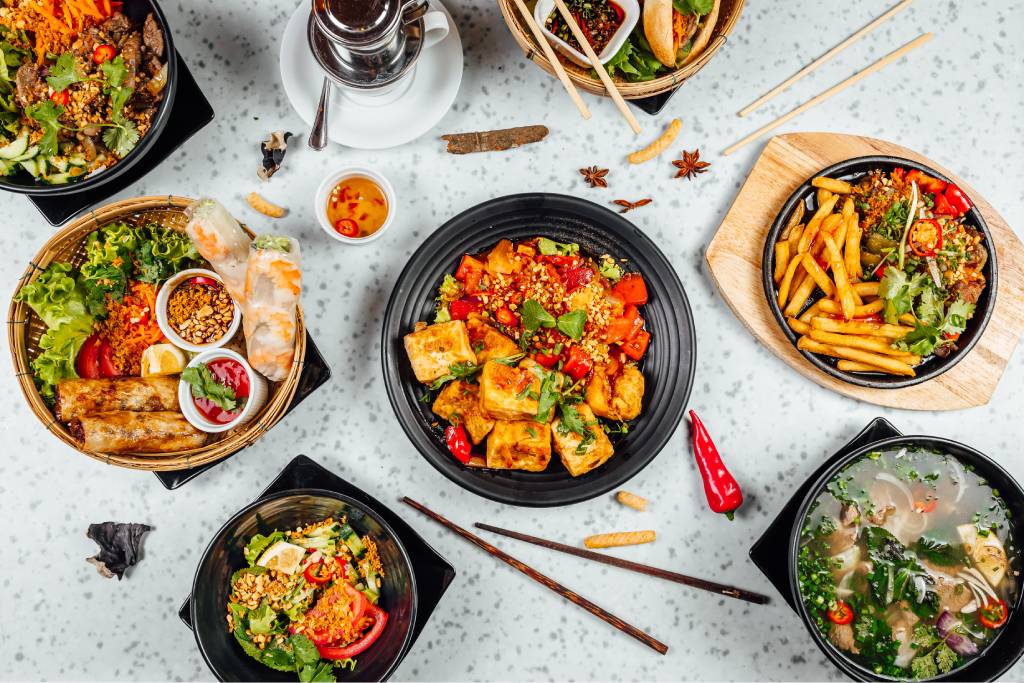
For culinary enthusiasts, Shanghai is a paradise. Its cuisine is renowned for its diversity and flavor. Delve into the world of xiaolongbao, savory dumplings filled with hot broth, or savor the comfort of Shanghai-style noodles. The city’s street food culture is equally tantalizing, offering a wide array of snacks and treats to tempt your taste buds.
Shopping and Entertainment
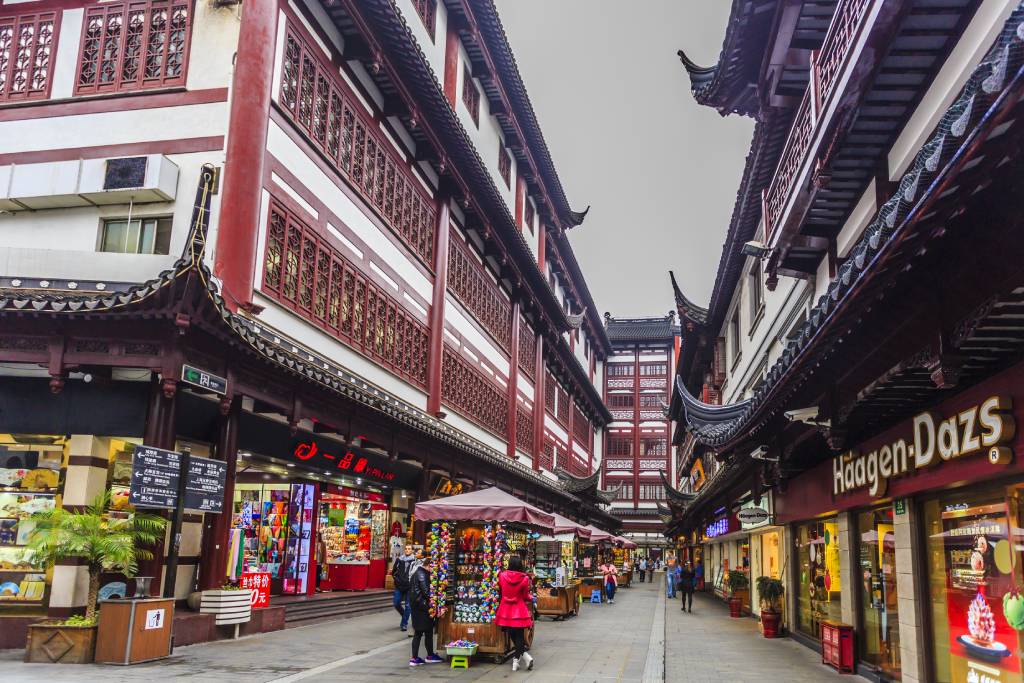
Shanghai’s shopping districts are legendary. Nanjing Road, one of the world’s busiest shopping streets, offers everything from high-end boutiques to budget-friendly finds. Xintiandi, on the other hand, combines shopping with historical charm. The city’s nightlife is equally vibrant, with bars, clubs, and theaters offering entertainment options for every taste.
Transportation and Infrastructure
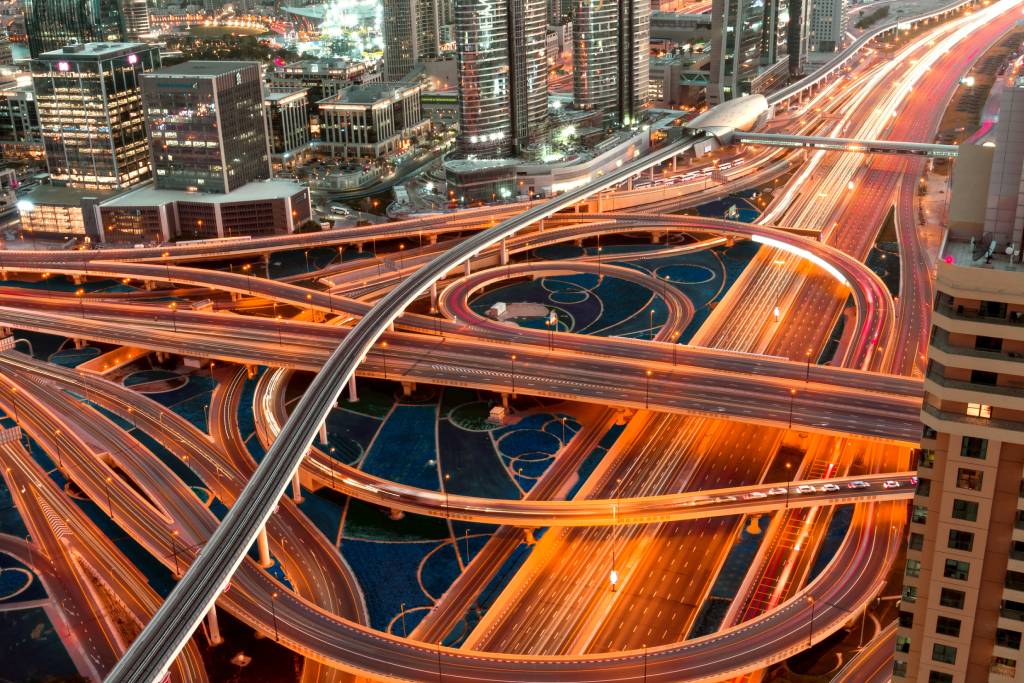
Efficiency defines Shanghai’s transportation system. The extensive metro network connects every corner of the city, making it easy to navigate. The Maglev train, one of the fastest in the world, whisks passengers from the airport to the city center in a matter of minutes. Shanghai’s ports and airports are vital to global trade, underscoring its role as an international gateway.
Challenges and Future Outlook
While Shanghai has achieved remarkable success, it faces challenges common to mega-cities, including pollution, traffic congestion, and urbanization issues. However, Shanghai is not resting on its laurels. The city is committed to sustainability, with green initiatives and eco-friendly projects aimed at creating a cleaner, more livable environment. As it continues to evolve, Shanghai’s future is filled with promise.